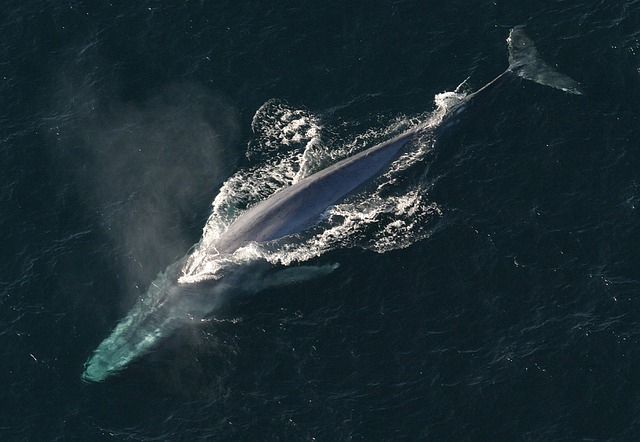Marine scientists are closely monitoring the current northbound migration of gray whales to see if another mass animal die-off event will happen again this year. The scientists are on heightened alert due to the mortality event that took place during the same period last year.
During the annual migration, which takes place in spring, eastern Pacific gray whales travel from the warm waters of California to feeding grounds near Alaska. The entire migration takes place from February to June.

Gray Whales' Annual Migration
With a round trip distance of about 10,000 miles, the annual spring migration of the eastern Pacific gray whales is considered one of the longest journeys of mammals on Earth. After spending the winter season in Baja, the whales have already started their long journey to reach new feeding grounds.
As the season shifts again, these whales will embark on a return trip to the warmer waters in the California peninsula. The eastern Pacific gray whales usually begin showing up in these regions starting from December to January of the following year.
Last Year's Mass Whale Die-Off
As the whales begin their long voyage across the West Coast, scientists conduct observation procedures to see if die-off would occur during the migration. The scientists are worried that the events that killed off over 200 whales last year might happen again.
According to reports, hundreds of dead whales washed up on the beaches between Alaska and Mexico during last year's migration season. These include the 34 gray whales who were stranded in the waters of Washington State, Seattle Times reported.

Identifying The Cause Of The Die-Off
It is not yet clear what triggered the whale die-offs last year. Because of this, it has been considered as an Unusual Mortality Event by local authorities. According to the scientists, most of the whales that died last year appeared skinny and malnourished, which points to a possible problem regarding the lack of food sources along the migration route.
Due to last year's events, marine scientists are currently on the lookout for another possible Unusual Mortality Event. However, according to senior biologist John Calambokidis of Cascadia Research in Olympia, it is still too early to tell if a die-off will happen this year. "The limited information we have gotten so far has been a little ambiguous," he said according to The Daily Astorian. "It may be another month before we know for sure."









